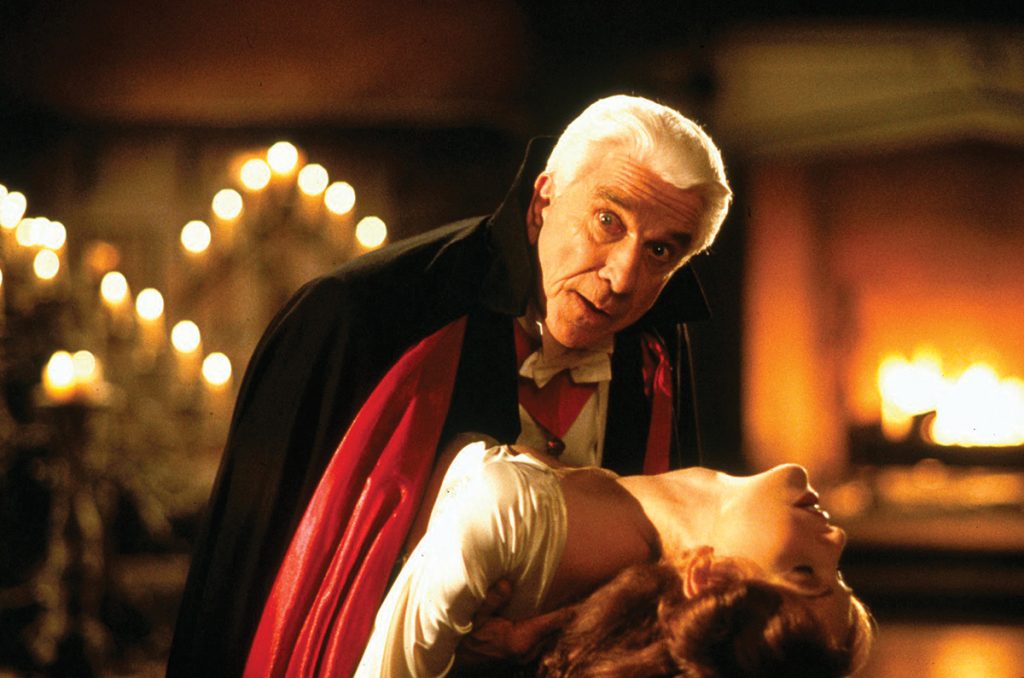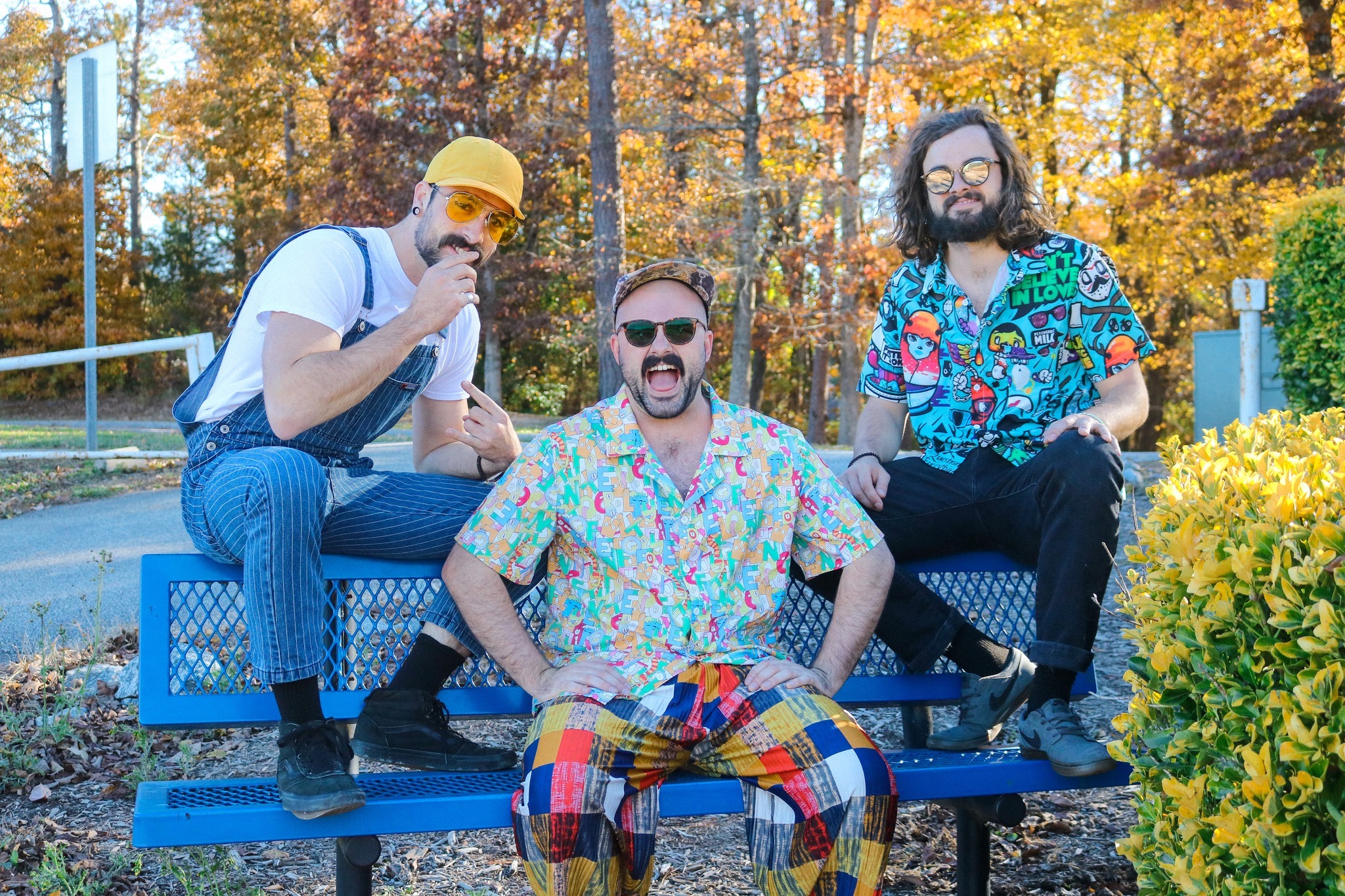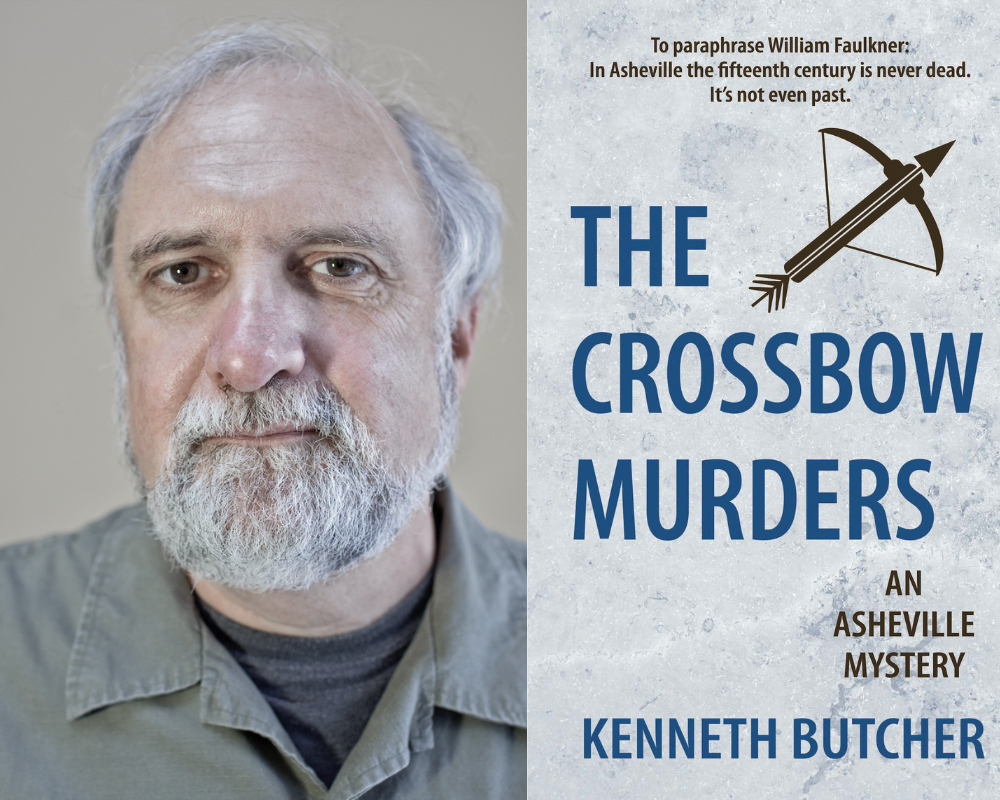Forget scary Dracula and sexy Dracula — consider funny Dracula

Vampires tend to operate on a trend cycle. From their folkloric beginnings to the publication of Bram Stoker’s gothic horror novel Dracula in 1897, they haunted the edges of the collective consciousness as monsters and metaphors. Stoker’s book launched the creatures into the mainstream — and film, which arrived shortly thereafter, made stars out of them.
While F.W. Murnau’s Nosferatu (1922) may have introduced the world to its first great movie monster, Tod Browning’s 1931 Dracula made vampires a true phenomenon. Some of that credit goes to actor Bela Lugosi, whose iconic portrayal of the eponymous Transylvanian count would form the blueprint for just about every vampire that came afterward. Whether directly playing off Lugosi or not, most vampires — from Sesame Street’s The Count to Twilight’s Edward Cullen — owe something to his performance.
The late 1980s and onward were fertile ground for vampires in pop culture. They haunted the California coastline in The Lost Boys, sulked through the novels of Anne Rice, and captured the public imagination. The transition from vampire as bloodsucking fiend to Byronic romantic interest dates, in part, back to Stoker, who endowed his monsters with powers of seduction and mind control. But by the beginning of the ’90s, thanks to Rice and others, the vampire was no longer the presumptive bad guy. He was, at best, complicated, haunted, in love, and misunderstood. Think James Dean with a jones for O-negative.
Celebrated filmmaker Francis Ford Coppola, fresh off a highly maligned third chapter to his Godfather trilogy, released Bram Stoker’s Dracula in 1992. It was lushly stylized, overblown to the point of self parody, a reimagining of the Stoker novel with a cast featuring Oscar winners (Anthony Hopkins, Gary Oldman); young Hollywood heartthrobs (Winona Ryder at the peak of her ride, a hilariously miscast Keanu Reeves); and, somewhat delightfully, musician Tom Waits, who chewed every bit of scenery on set.
Bram Stoker’s Dracula was nominated for four Academy Awards (it won for Costuming, Makeup, and Sound Editing) and was a legitimate box-office hit, grossing more than $200 million. But critics were less generous, centering on Reeves’ famously wooden performance, his laughable dialect, and that sense, common in much of his early work, of an actor who had wandered onto the set of the wrong movie.
Oldman’s over-the-top costumes and his operatic liaisons — two timing with a century-dead spouse and her modern Doppelgänger — inspired parody before the movie had even left the theater. It was undeniably campy. The unwieldy insertion of ancient Romanian history couldn’t dilute the sense that this was a gorgeous, slightly ridiculous B-movie. Given its star power, its success during its era was inevitable, and that seemed to be part of the joke. The characters, their famous faces never quite disappearing into their makeup, invite you to laugh along — “look how much fun we’re having!” — especially as the movie tries harder and harder to keep a straight face.
Master parodist Mel Brooks took his own stab at the Dracula mythos with Dracula: Dead and Loving It in 1995, and this time, the laughs were intended. His film takes a couple of broad swipes at Coppola’s (Oldman’s absurd wig is a target), but it’s largely indebted to Browning’s 1931 film, with comic actor Leslie Nielsen reprising the Lugosi role. As a satire, it lacks the bite (no pun intended) of Brooks’ best films, and it’s further hampered by the retrospective knowledge that the next decade would see pop-culture vampires become truly self aware — from the feminist-leaning Buffy the Vampire Slayer TV drama to the clever mockumentary What We Do in the Shadows.
Still, all vampire films serve as important points on the timeline. How are the vampires of the early ’90s different from those of the early 1930s, the late 1970s, the early 2010s?
There are styles in monsters, too. They usually reflect the way we view ourselves and our world. Bram Stoker’s Dracula could be a personality test — whose blood would you drink if the stress got too much? — or maybe it’s just a chance to enjoy gorgeous costumes and expensive kitsch. Whatever the case, it goes down easy on a dark and stormy night.
The Hendersonville Film Society presents Bram Stoker’s Dracula on Sunday, Oct. 13, and Dracula: Dead and Loving It on Sunday, Oct. 27. Shows are at 2pm. Call 828-697-7310 for reservations. Lake Pointe Landing dining room, 333 Thompson St., Hendersonville.



